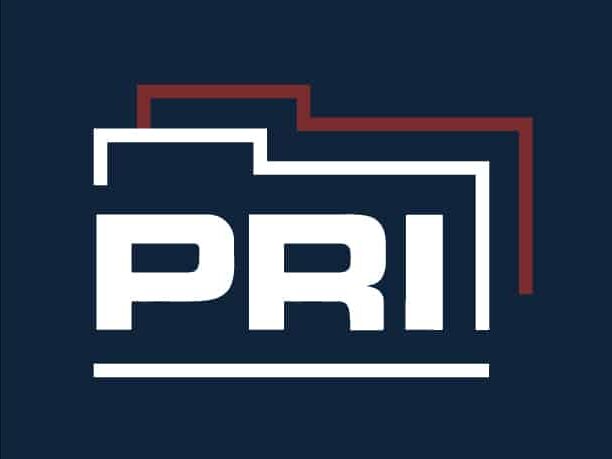Edward Claughton, President
PRI Management Group
July 2018
print PDF

PRI has been a partner to, and unflinchingly supportive of, all our clients and law enforcement in general. It is our business to bring success to those interested in operating smarter, not harder; faster, not leisurelier; efficiently, not bureaucratically. We seek to educate and modernize law enforcement information management operations and when an opportunity for learning arises, we share it.
A recent article regarding the Baltimore Police Department noted its incredibly inefficient report rejection and correction process which is handled by sending a paper copy of the report back to the district officer for correction via… courier. Let’s learn.
Has not one person at the Baltimore Police Department thought of utilizing email and creating an electronic process for report correction? The article further revealed that reports are keyed in (data entry) and thousands of reports are pending entry- a duplicative process- and a very inefficient one at that (see #7 of our Top 10 failures list here). Lastly, the agency has no records retention schedules and old records are piling up.
This should not be happening. Anywhere. Ever. At all.
Efficient business process doesn’t require a budget. It cuts costs and at a 
Upon receiving a public request for an officer’s video, the Houston Police Department removes the system’s hard-drive from the computer where the video is stored, drives it across town for processing, burns a copy of the video, then drives the hard-drive back where it came from. Learning opportunity.
Before buying the latest and greatest shiny new tech tool, it is highly suggested the agency reviews its current information management business processes and workflows. Such a review will likely reveal room for improvement, the kind of which may negate the need to make a purchase altogether. If the review still indicates a need for the technology, then it will at the very least reveal how the tech will impact the entire business process. Any new system will affect internal and external stakeholders and their operations in some way, whether it’s accessing, sharing, or sending information, it will likely change.

It’s 2018. While I’ve been extremely supportive of those who work in the police records management field over the years, I am also disheartened by the all too often occurrence of the wrong person being in this ever so important position. This is a mutual failure of the agency, and the individuals themselves who continue to operate utilizing archaic information management methods; who fail to improve efficiency, embrace technology, or build a strategic plan to modernize reporting, quality control, disposition, information sharing and document management (electronically!).
What we know at PRI is that records are important before most of our clients do. Your IT personnel are IT experts, not records management experts. Be thoughtful of who will manage the data (yes, public records) that will be produced in this continuing tech revolution. It is time for police agencies to 1) recognize the significant impact on productivity and professionalism the Records Manager has at a police agency and 2) put the right person in that position who will advance modernization.
It is 2018. While the rest of the world utilizes a device in the palm of their hand to bank, shop, travel and send information, many records managers, courts and prosecutor’s offices continue to insist on paper, faxes and wet-ink signatures- all of which is completely unnecessary, time consuming, costly and inefficient. If you are still one to believe that signatures are required and the “originals” mean paper, get online and start learning. Today. Read your state’s “UETA” law. And work to be a wise steward of public dollars by improving your agency’s operations.
How You Make This Happen
Strategic planning. Resist the temptation to buy the latest and greatest shiny new tech tools without a plan in place; without first determining if the purchase 1) aligns with the agency’s goals, 2) is cos teffective and 3) will make the lives of both internal and external agency customers better- our officers, citizens and partner agencies. They are all part of an inter-connected system and instead of viewing the impact of the tools solely through the lens of internal operations, they must be viewed in terms of their impact on the larger system – workflows within and between agencies, to and from our citizens and how they will function as part of the greater technology ecosystem and service to the public.
If the agency’s focus is community policing, build the ecosystem to that end. If the goal is implementing data-driven policing, build a technology posture and business process environment which cohesively enables it. If internal agency reform is the goal, then consider only those systems which will together make it happen.
Lastly, if you don’t have the time, resources or capabilities to bring it all together, get outside help. The value in bringing in external expertise will pay for itself quickly through the cost-savings achieved by building a strategic plan, surveying and assessing the department, and making the right decisions and purchases with the total concept of operations, topology, resources and plans mapped out. This is what we do.
Contact PRI for help. We come from law enforcement. We know this business. We’re good at what we do.

 0 ITEMS
0 ITEMS